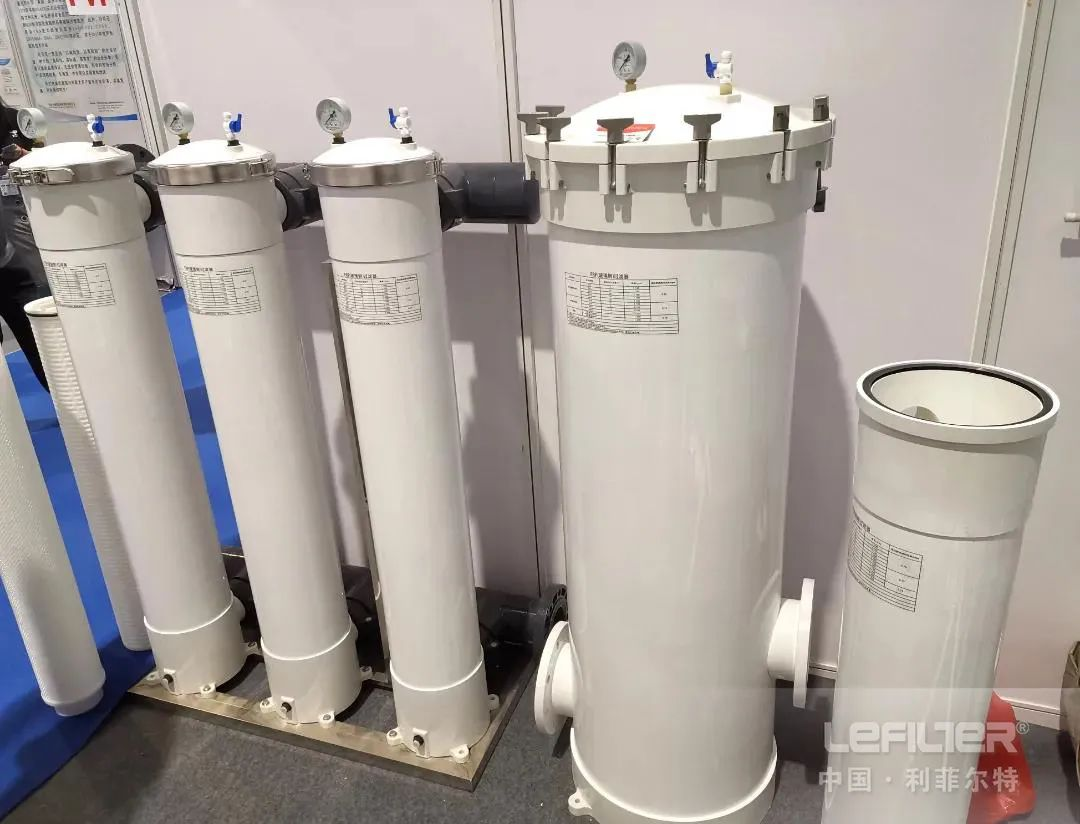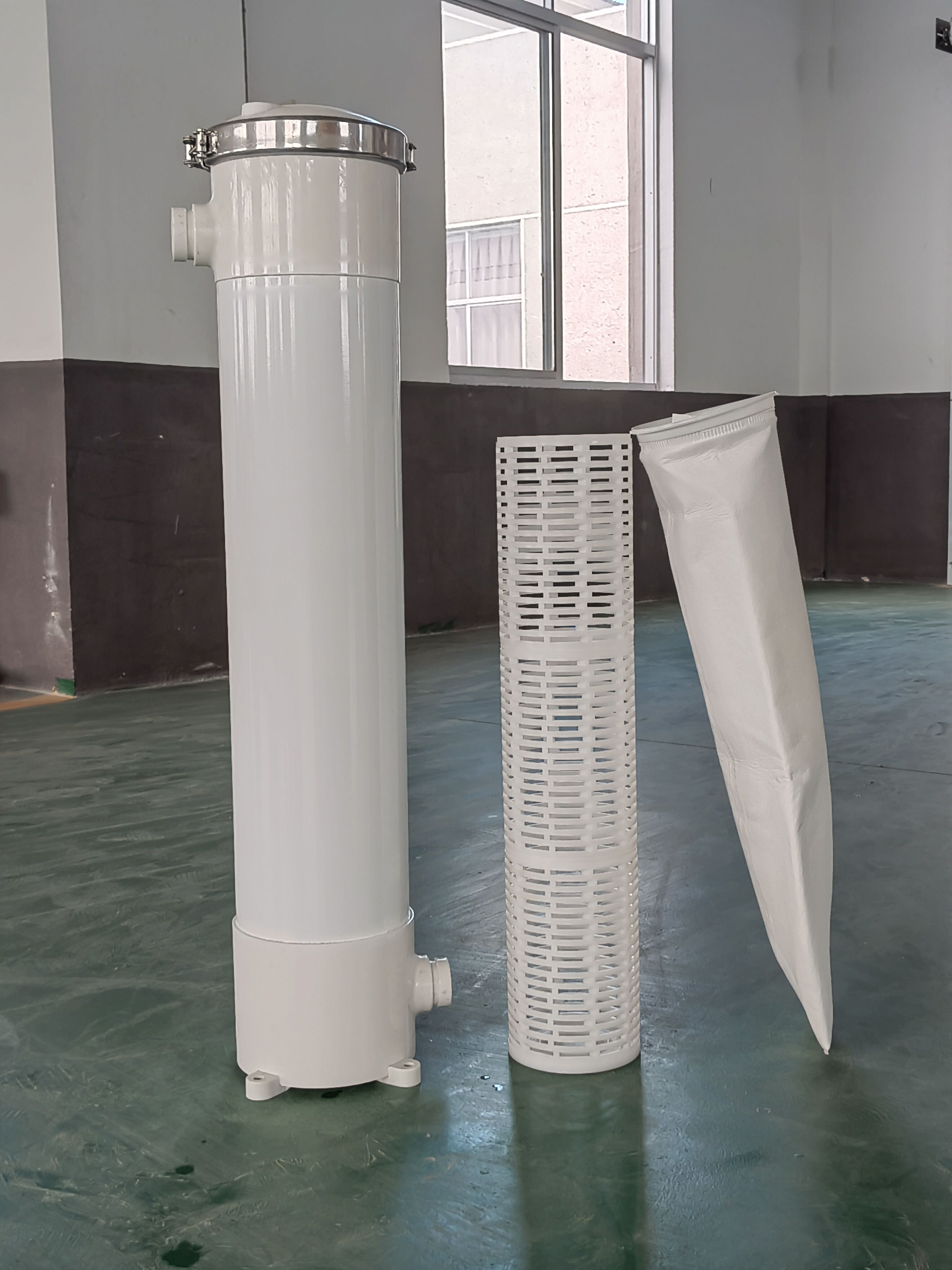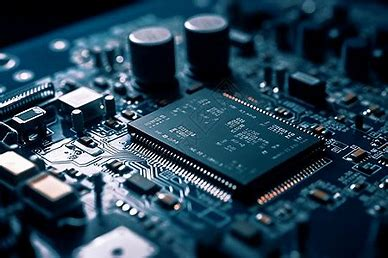Fiberglass precision water filter user guide
DATE:2024-04-18 Number of views: 1 Source:1
Fiberglass precision water filter user guide
In order to actively practice the concept of green development, our company specially provides supporting equipment for the utilization of waste salt resources - fiberglass precision filters. The products are used in fluid media that contain high chloride ions and are highly corrosive. They are used in the filtration of traditional metal shells. When the device cannot be used, fiberglass material can be used.

Product Information
FRP precision filters are divided into FRP PP melt-blown filters, FRP bag filters, FRP high-flow filter elements and combined filters. They are suitable for various types of PP melt-blown filter elements, No. 1 and No. 2 filter bags. Pall/Parker/3M and other high-flow pleated filter elements.
The FRP precision filter is a pressure-type filtration device that uses shaped filter material. Under the action of pressure, the raw liquid passes through the filter material, and the filter residue remains on the surface of the filter element. The filtrate flows out through the filter material, thereby achieving the purpose of filtration.
Due to different filter materials, the filter pore size is also different. It is a kind of filtration between coarse filtration and ultrafiltration. The filter pore size is generally in the range of 0.5-100μm, and the maximum working temperature is 60°C.

Performance Advantages
1. The components are all pressed from fiberglass molds, using fiberglass winding technology, which is corrosion-resistant and high-pressure resistant.
2. The internal structure is novel and reasonable. The lower end is a sealing support and has an installation guide. The upper end has a positioning and sealing box to adjust the sealing degree.
3. It adopts manual lifting ring type opening, which can be operated without any tools when installing and replacing the filter element.
4. The installation of filter elements and filter bag accessories is guided by structures and automatically aligned, making it simple and convenient.
Precautions For Use
1. The working pressure cannot exceed the rated range.
2. Open the exhaust valve before starting the machine, and close the exhaust valve after the air is exhausted.
3. When the pressure difference exceeds the rated range, replace the filter element in time.
4. Before starting the machine, check whether the connecting pipes are tight and there should be no leakage, leakage or dripping.
5. If you find stains on the cylinder, wipe them clean in time. Use cotton cloth instead of hard tools when cleaning. Keep the surface clean and tidy.
6. Always observe the operating status of the pressure gauge. If it is too high, it means that the accessories are blocked and silted up. If it is too low, it means that the front equipment is faulty and should be dealt with in time.
Application Areas
Ultrapure water for the electronics industry: monocrystalline silicon semiconductors, integrated circuit blocks, liquid crystal displays, etc.
Industrial production water: electroplating ultrapure water, boiler softened water, etc.
Brackish water desalination: production of drinking water on islands, ships, saline-alkali areas, etc.
Water for textile and papermaking: water for printing and dyeing, water for water-jet looms, white water for papermaking, etc.
Circulating cooling water: central air conditioning, smelting, etc.
Sewage/wastewater treatment: textile, chemical industry, breeding, domestic sewage, etc.



